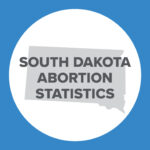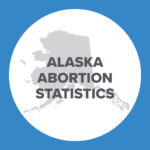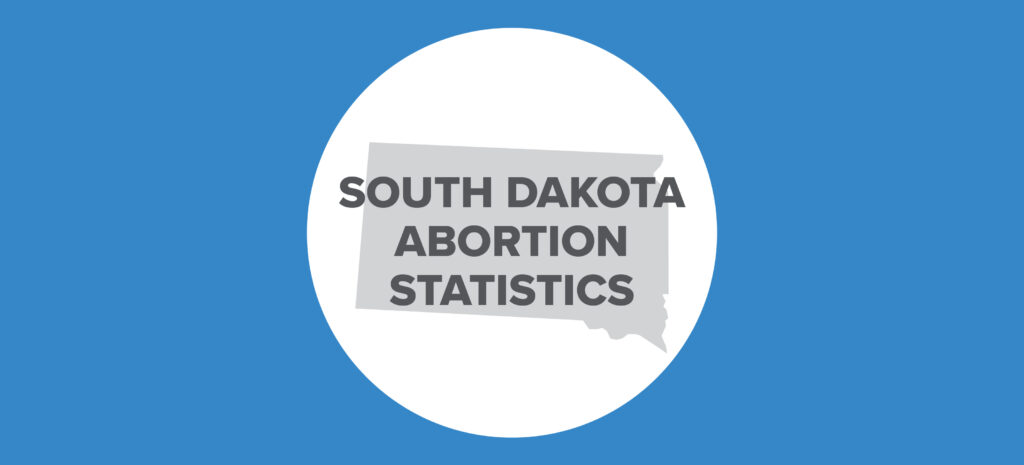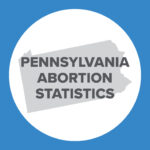Abortion Reporting: New York (2019)
New York’s 2019 abortion statistics were published online by the New York State Department of Health in December 2021, showing that abortions performed on New York residents increased from 2018.
Changes in New York Abortions, 2018-2019

The report does not include information on Planned Parenthood’s New York abortion market share.
Abortion Totals and Trends
In 2019, there were 74,211 abortions reported to have been performed in New York on state residents, up two percent from the previous year after declining for over a decade. Chemical abortions jumped by 15 percent to 27,321, making up 37 percent of the total (Fig. 1). Charlotte Lozier Institute (CLI) estimates that New York’s resident abortion rate was 19.2 abortions per 1,000 women of childbearing age, up three percent from the previous year and much higher than the national rate (Fig. 2).
New York reported to the Centers for Disease Control and Prevention (CDC) that 78,587 total abortions, including 28,489 chemical abortions, were reported in the state in 2019. Total abortions increased by one percent and chemical abortions by 15 percent from 2018. However, New York’s state abortion report does not include this information on abortions obtained by nonresidents. Forty-eight reporting areas shared abortion data for 2018 and 2019 with the CDC, of which 23 reported that abortions decreased in 2019.
State Report Summary
Of the 74,211 abortions performed on residents of New York, 63 percent were obtained by women from New York City, and 37 percent were performed on women from Upstate New York. Nine percent of the abortions performed on New York residents were on girls under the age of 19, including three percent on minor girls ages 17 and younger. Twenty-six percent were performed on women in their early twenties, and 28 percent were obtained by women in their later twenties. Twenty percent were on women ages 30 to 34 and 12 percent were on women ages 35 to 39. Women ages 40 and older obtained four percent of the abortions. Age was not reported for 96 abortions (0.1 percent).
Thirty-five percent of New York resident abortions were performed on Black women, compared to 27 percent on white women. Thirty-eight percent of the abortions were performed on women of other or unknown races. Twenty-three percent of the abortions were performed on Hispanic women and 77 percent were obtained by non-Hispanic women. Thirty-six percent of the abortions were performed on women who reported no previous abortions. Twenty-two percent were performed on women with one prior abortion, and 31 percent were obtained by women with two or more previous abortions. The number of prior abortions, if any, was not reported for 12 percent.
Sixty-five percent of the abortions performed on New York residents occurred earlier than nine weeks of gestation. Twelve percent were reported between nine and 10 weeks of gestation, and six percent occurred between 11 and 12 weeks. Four percent of the abortions were performed from 13 to 15 weeks of gestation. Three percent occurred between 16 and 19 weeks. Two percent of New York resident abortions (1,619 abortions) were performed at 20 weeks of gestation or later. The number of late-term abortions was likely even higher, as gestational age was not reported for eight percent of the abortions.
Multiple abortion methods can be reported for each abortion, so the number of abortions reported for each type of abortion procedure sum to greater than the total number of New York resident abortions. Suction curettage was used for 54 percent of the abortions, while 37 percent of the abortions were chemical. Seven percent of the abortions were performed using dilation and evacuation, and three percent were dilation and curettage procedures. Saline injections were used for 130 abortions (0.2 percent), and prostaglandins were used for 48 abortions (less than 0.1 percent). Another type of procedure was employed for 376 abortions (0.5 percent). The methods used were not reported for two percent of the abortions.
Most New York resident abortions (92 percent) occurred in nonhospital facilities, while eight percent were performed in hospitals. Forty-eight percent of the abortions were funded by state Medicaid. Due to the Hyde Amendment, federal Medicaid does not pay for abortions in the vast majority of cases, but some states, including New York, choose to use their own state tax dollars to fund abortions for Medicaid enrollees. Twenty-eight percent of the abortions were covered by other insurance, and five percent were covered by HMO plans. Eleven percent of the abortions were self-pay. There were 489 abortions (0.7 percent) funded by multiple sources, while the source of payment was not reported for six percent of the abortions.
Abortion by Mail
In 2021, the Food and Drug Administration (FDA) formally eliminated a requirement that the abortion pill mifepristone be dispensed in-person; abortion pills are now available through the mail. As a result, chemical abortions and abortion complications are both likely to increase in New York. Chemical abortions have a complication rate four times that of surgical abortions and are more than 50 percent more likely than surgical abortions to result in an abortion-related emergency room visit.
As of August 2022, at least six abortion pill websites mail pills to New York women. Of these six websites, one conducts all screening using an online form and provides no opportunity for women to speak with a medical professional over video. Another two make video consultations optional. Just three of the websites offer virtual calls as normal parts of their consultation process, but do not provide ultrasounds or any type of physical examination. Additionally, uncertified online pharmacies illegally mail abortion pills to New York in violation of FDA regulations, even though some of them acknowledge that an ultrasound is necessary.
State Ranking
In 2016, CLI evaluated abortion reporting across the United States, and New York’s reporting was ranked at 39th best. As CLI has previously recommended, New York could work to improve the accuracy and completeness of the abortion data it collects. The Guttmacher Institute’s estimate of the abortions performed in New York in 2017 is 27 percent higher than the total number of abortions that New York reported to the Centers for Disease Control and Prevention that year. Additionally, New York failed to meet standards for inclusion in several tables in the 2019 CDC report. New York could also collect and report data related to abortion complications.

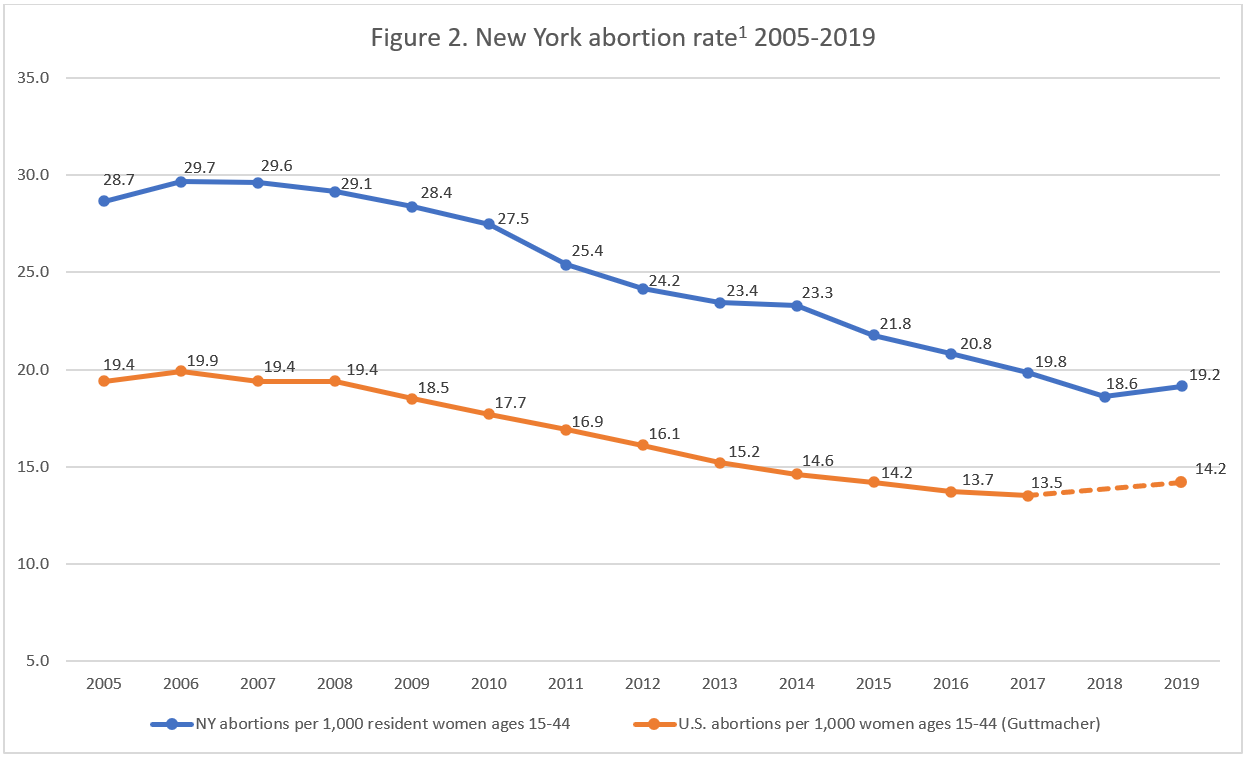
- Rates were calculated by CLI using the following formula: (number of abortions performed in New York on resident women ÷ number of resident women ages 15-44) x 1,000. Rates may differ slightly from previous CLI articles due to revised population estimates. Population estimates were obtained from CDC WONDER.
Percentages may not add to 100% due to rounding.
Click here to view reporting from:20212020201820172016
Click here to view reporting from New York City:202120202019










